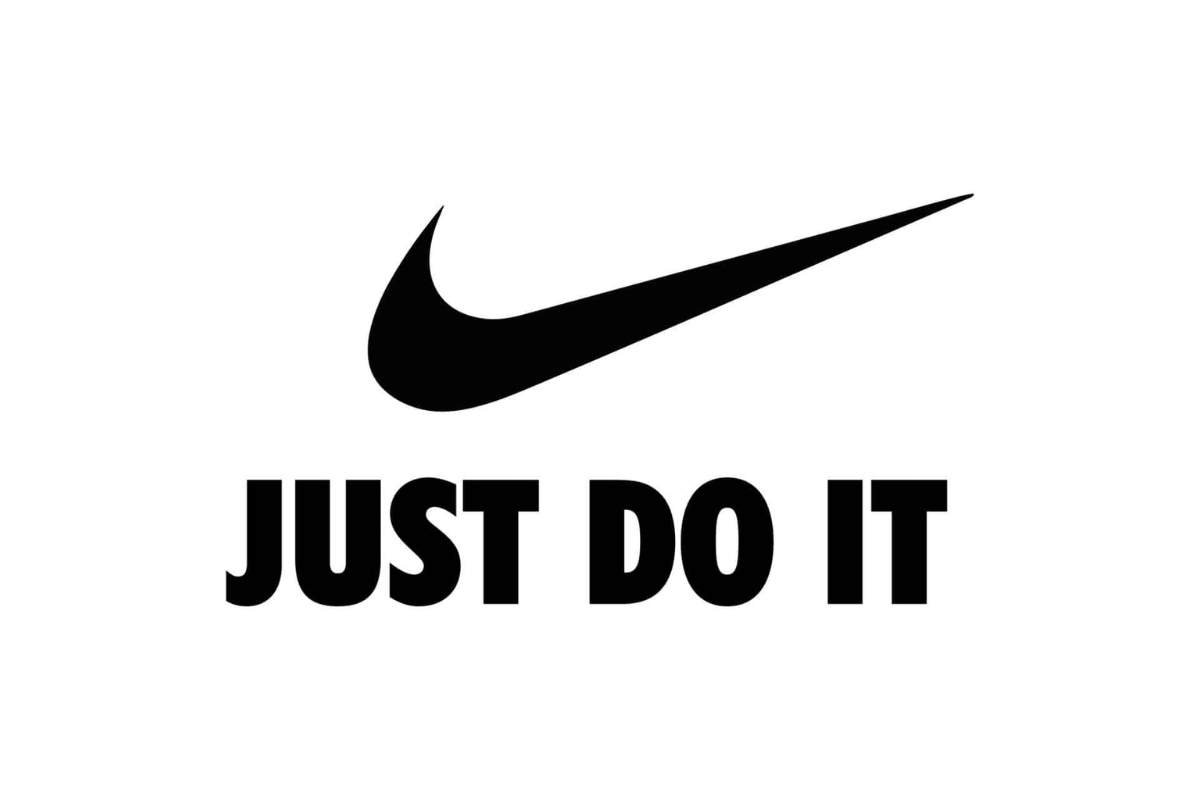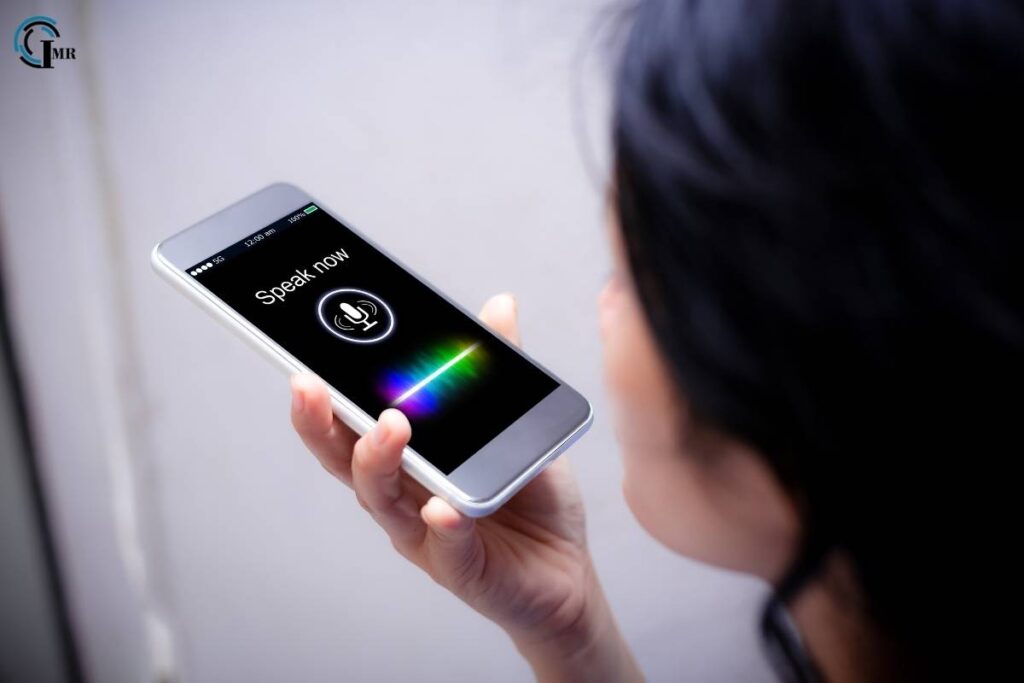Stories have always been a fascinating way to gather someone’s attention. We have been told stories in different forms and now it has also become a big part of marketing to make deeper connections with the audience. By sharing stories that touch on customers’ feelings and experiences, brands can create strong relationships, increase loyalty, and boost sales. So, what is storytelling in marketing, and why does it work so well? In this blog, we will learn about it and share some examples of storytelling marketing.
What is Storytelling In Marketing?
Storytelling in marketing means using stories to share a message, touch emotions, and connect with people. Instead of just talking about what a product does or its benefits, storytelling focuses on creating interesting and relatable narratives that resonate with consumers. These stories can come from the brand’s background, values, or experiences from customers, helping to make the brand feel more human and memorable.
The main idea behind storytelling in marketing is to make the customer the hero of the story. It’s not just about selling something; it’s about showing how that product can make life better, solve a problem, or meet a need. By connecting with people’s feelings and experiences, storytelling helps brands stand out in a busy market and creates a lasting impression on their audience.
The Evolution of Marketing and the Role of Storytelling

Marketing has changed a lot over the years, moving from old-fashioned print ads and radio commercials to digital platforms and social media. In the past, marketing mainly focused on the product itself, highlighting its features and benefits. This approach worked when there were fewer options and not much consumer research, but today’s audience is more knowledgeable, picky, and demanding. People want real connections and authenticity instead of just being sold something.
This is where storytelling in marketing becomes important. As online spaces have become crowded, traditional advertising methods have become less effective. Nowadays, people are not as interested in ads that push sales; they prefer stories that align with their values and experiences. Storytelling helps brands adjust to these changes by creating stories that connect with their audience, encourage engagement, and set them apart from competitors.
Social media and digital platforms have also changed how storytelling works in marketing. These platforms allow brands to share their stories in real time, engage directly with their audience, and reach more people. Through social media, blogs, videos, and content created by users, storytelling has become more engaging and interactive, enabling brands to share their messages in various ways.
Why Storytelling in Marketing is Effective
Storytelling in marketing is not just a clever tactic; it’s backed by science and proven to be effective. Here are some reasons why storytelling works so well:
1. Emotional Engagement
Stories can spark emotions, and emotions play a big role in how we make choices. Whether it’s happiness, empathy, inspiration, or nostalgia, a good story can make people feel something, making them more likely to remember the brand and respond to its message.
2. Memorability
People find it easier to remember stories than facts or numbers. A good story sticks with consumers and makes the brand more memorable. Research shows that stories can help people remember information up to 22 times better than just facts alone.
3. Trust and Authenticity
Storytelling makes brands feel more human and relatable. When a brand shares stories about its values, mission, or customer experiences, it builds trust and creates a stronger bond with its audience.
4. Differentiation
In a busy market, storytelling helps brands stand out. A powerful story can set a product or service apart from competitors, especially when it highlights what makes the brand special.
5. Customer Loyalty
Stories help create emotional connections that encourage loyalty. When consumers feel connected to a brand’s story, they are more likely to become repeat customers and promote the brand to others.
Key Elements of Successful Storytelling in Marketing

Not all stories are equally effective. To make sure your marketing storytelling works well, it’s important to include a few key elements:
1. Clear Purpose
Every story should have a purpose. Whether it’s meant to inspire, inform, or entertain, the story needs a clear message that matches the brand’s goals.
2. Relatable Characters
The best stories feature characters that people can relate to. In marketing, this often means making the customer the hero of the story, highlighting how they faced challenges or achieved success with the help of your brand.
3. Conflict and Resolution
A story without any conflict or challenges can be boring. Introduce a problem that needs to be solved and show how the brand provides the solution. This adds tension and keeps the audience interested.
4. Emotional Connection
Successful storytelling in marketing relies on emotional appeal. The story should evoke feelings that resonate with the audience, whether through humor, empathy, or inspiration.
5. Authenticity
People appreciate honesty and authenticity. Make sure the story reflects the true values, mission, and identity of the brand. Stories that feel fake can hurt the brand’s reputation.
6. Call to Action
While the story should connect with the audience emotionally, it also needs to encourage them to take action. Whether it’s making a purchase, signing up for a newsletter, or sharing the story, a clear call to action is important.
How to Use Storytelling in Marketing Campaigns
Using storytelling in marketing campaigns takes careful planning and creativity. Here are some simple steps to help you use storytelling effectively:
1. Define Your Brand Story
Start by figuring out your brand’s main story. This could include how your brand began, what your values are, or stories about your customers’ successes. Knowing your brand’s identity is important for telling a consistent story.
2. Know Your Audience
Make sure to tailor your stories to fit the needs, interests, and challenges of your target audience. The more personalized your story is, the more likely it will connect with them.
3. Choose the Right Medium
Pick the best way to share your story based on your audience and the message you want to convey. Options include videos, blog posts, social media updates, and podcasts. Each platform has its own style, but the main message should stay the same.
4. Incorporate Visuals
Using visuals is a great way to grab people’s attention. Infographics, videos, and images can make your story more engaging and emotionally impactful.
5. Be Consistent Across Channels
Whether you’re sharing your story on social media, through email, or in print, it’s important to keep things consistent. Make sure your story aligns with your brand’s voice and message across all marketing channels.
Examples of Storytelling In Marketing
Many brands have effectively used storytelling in their marketing to connect with customers and create memorable campaigns. Here are some examples:
1. Nike’s “Just Do It” Campaign

Nike excels at storytelling by highlighting the personal journeys of athletes. Their “Just Do It” campaign goes beyond just selling shoes; it focuses on empowerment, overcoming challenges, and pushing boundaries. The stories of athletes’ achievements resonate emotionally with consumers, inspiring them to chase their own goals.
2. Apple’s Brand Story
Apple’s storytelling centers on innovation and simplicity. Each time they launch a new product, they share a story about how their technology can improve lives. From the stylish design of their products to heartfelt customer stories, Apple creates a narrative about making the world better through technology.
3. Coca-Cola’s “Share a Coke” Campaign
Coca-Cola’s “Share a Coke” campaign is a great example of personalized storytelling. By putting people’s names on bottles, Coca-Cola encouraged customers to share a Coke with someone special, turning a simple drink into a way to connect with others. This campaign told a story about friendship, happiness, and togetherness.
4. Dove’s “Real Beauty” Campaign
Dove’s “Real Beauty” campaign is a perfect example of genuine storytelling. By showcasing real women of different shapes, sizes, and colors, Dove shared a story about self-acceptance and confidence. This campaign resonated with women everywhere and helped Dove become known as a brand that values authenticity and inclusivity.
Conclusion
The proper use of storytelling in marketing can help businesses go beyond just selling products and build real connections with their audience. Be it through inspiring stories, customer feedback, or funny anecdotes, storytelling allows the brands to be memorable, relatable, and stand out from their competition.












